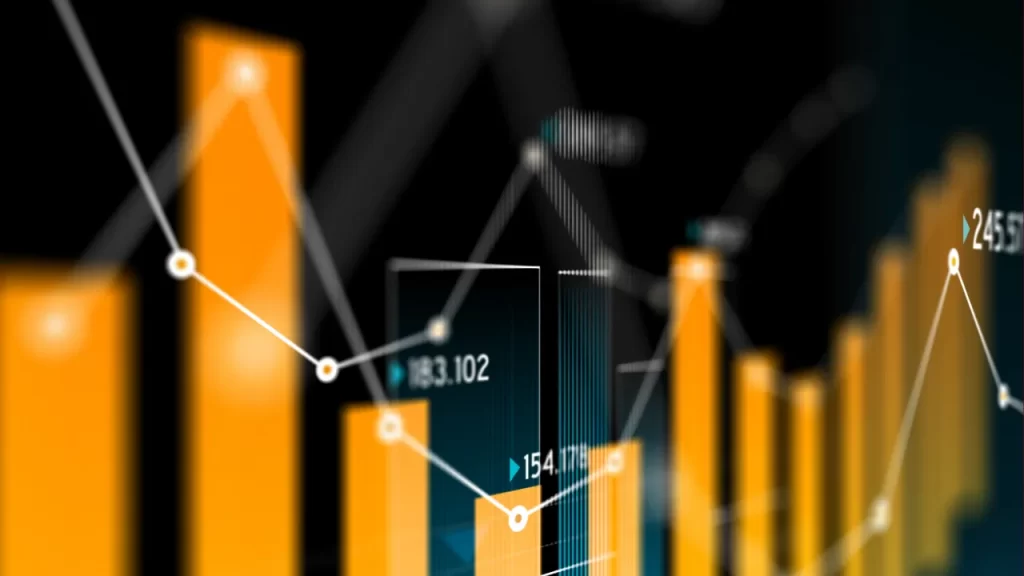When trading CFDs, one of the most powerful tools at your disposal is technical analysis.
While it may sound complex at first, technical analysis is simply the study of price charts, patterns, and indicators to help predict future market movements.
In this beginner-friendly guide, we’ll break down the basics of technical analysis for CFD trading, explain why it’s important, and show you how to get started using it on your trading platform.
What Is Technical Analysis?
Technical analysis is the use of historical price data—primarily charts and indicators—to forecast future price movements. Unlike fundamental analysis, which looks at news, earnings, and economic data, technical analysis is focused purely on price action and market psychology.
It’s especially useful in CFD trading, where short-term movements and timing your entries and exits are critical.
Why Technical Analysis Matters for CFD Traders
- Helps you time your trades: Know when to enter and exit positions.
- Supports better decision-making: Reduce emotional trading.
- Identifies trends and reversals: Spot patterns early for better risk/reward setups.
- Works across all markets: Forex, stocks, indices, crypto, and commodities.
Whether you’re trading the USD/ZAR forex pair or a CFD on Tesla shares, technical analysis tools are universally applicable.
Core Components of Technical Analysis
Let’s walk through the basic elements every beginner should know:
1. Price Charts
The foundation of technical analysis is the price chart, which shows how an asset’s price moves over time. The most common chart types:
- Line Chart: Simple and clean, shows closing prices.
- Bar Chart: Includes open, high, low, and close (OHLC).
- Candlestick Chart: Most popular; provides detailed visual cues on price action.
Candlestick charts are widely used in CFD platforms like MetaTrader 4 or 5 because they help visualize patterns and market sentiment.
2. Support and Resistance Levels
These are horizontal lines drawn on charts to identify where price:
- Tends to bounce upward (support)
- Struggles to rise higher (resistance)
These levels are often used as entry/exit points and help confirm potential breakouts or reversals.
3. Trendlines and Channels
Trendlines are diagonal lines drawn to show the direction of the market:
- An uptrend has higher highs and higher lows.
- A downtrend has lower highs and lower lows.
Price channels are formed when parallel trendlines contain the price movement, offering visual clues for range trading strategies.
4. Technical Indicators
These are mathematical formulas applied to price data to help interpret market conditions.
Some of the most commonly used CFD trading indicators include:
a) Moving Averages (MA)
- Smooth out price data to show overall direction.
- Simple Moving Average (SMA) and Exponential Moving Average (EMA) are the most common.
- Crossovers between short and long MAs can signal entries.
b) Relative Strength Index (RSI)
- Measures momentum and overbought/oversold conditions.
- RSI above 70 = overbought; below 30 = oversold.
c) MACD (Moving Average Convergence Divergence)
- Shows momentum and potential trend reversals.
- Useful for identifying divergences and trend shifts.
d) Bollinger Bands
- Measure volatility and price deviation.
- When price hits the upper or lower band, a reversal or breakout may occur.
5. Chart Patterns
Certain price formations tend to repeat themselves and signal potential outcomes. Some classic patterns include:
- Head and Shoulders (trend reversal)
- Double Top/Bottom (reversal)
- Triangles and Flags (continuation or breakout)
Learning to spot these patterns can significantly improve your trade timing and confidence.
How to Use Technical Analysis in CFD Trading
- Choose your asset (e.g., forex pair, stock CFD, index)
- Open your chart on a trading platform like MT4/MT5
- Apply relevant indicators or draw trendlines/support and resistance
- Look for confluences (where multiple signals align)
- Set entry, stop-loss, and take-profit levels
- Manage your trade using risk management rules
Tools for Technical Analysis
To get started, make sure your broker offers:
- Real-time charting
- Customizable indicators
- Drawing tools
- Multi-timeframe analysis
- Mobile and desktop access
Platforms like MetaTrader 4, MetaTrader 5, and cTrader are widely used and beginner-friendly. Many South African brokers provide access to these tools.
Final Thoughts
Technical analysis is an essential skill for any CFD trader who wants to make informed, strategic decisions.
By learning how to read charts, identify trends, and use indicators effectively, you’ll gain a serious edge in the markets.
The key is to start simple, test strategies on a demo account, and build confidence over time.Looking for more trading guides and platform recommendations? Visit Solis Markets Hub—your go-to resource for CFD trading education in South Africa.






